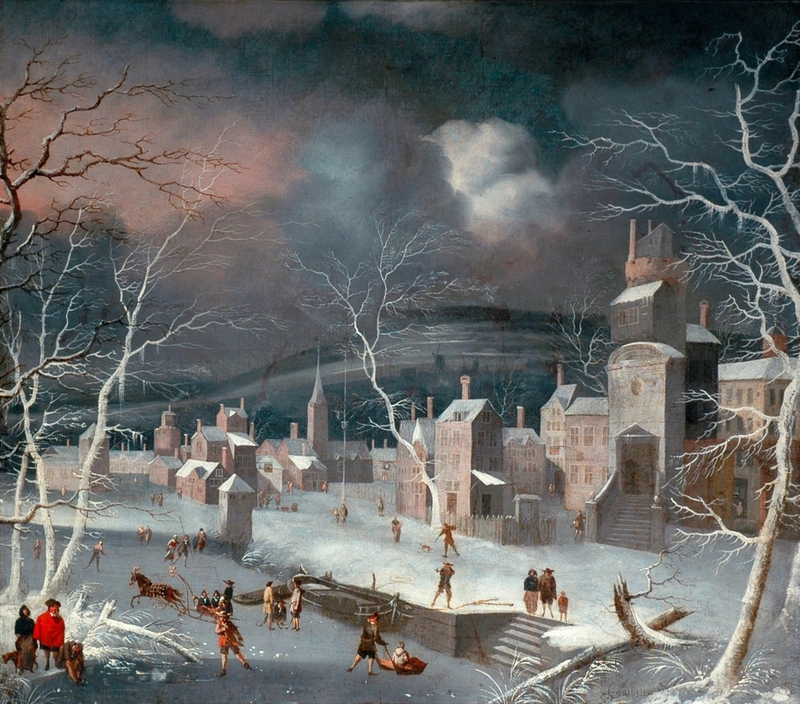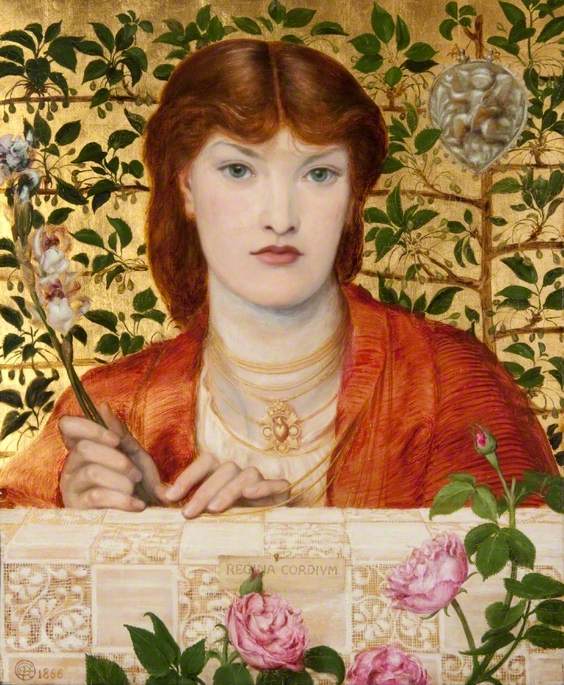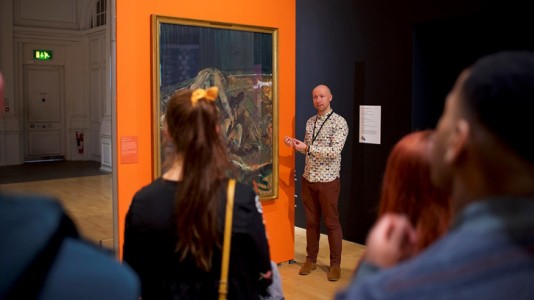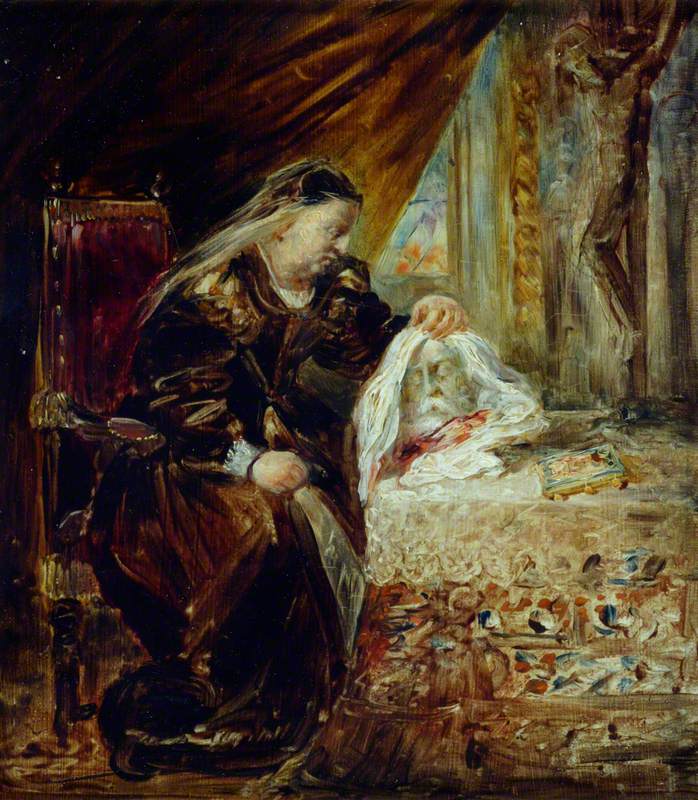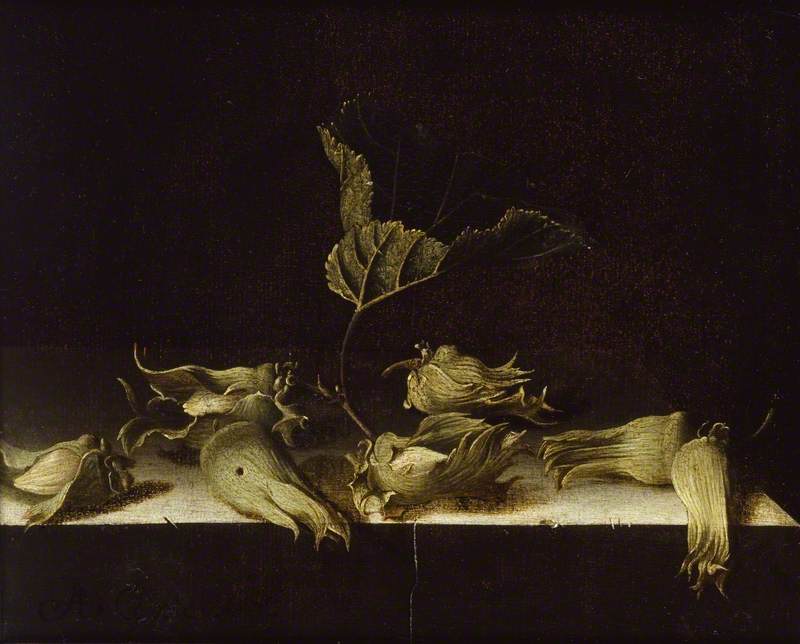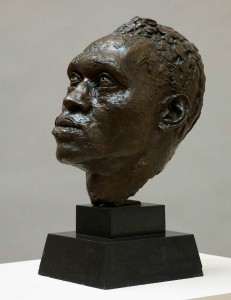George Mallory is perhaps the most romantic figure in the history of mountaineering. His disappearance close to the summit of Mount Everest in 1924, dressed in tweed and wearing hobnail boots, became one of the great unsolved mysteries of the twentieth century.
Mallory and his climbing partner, Andrew Irvine, were last seen about 800 vertical feet (245 metres) from the summit. Mallory's body was discovered in May 1999. The location of Irvine's remains is still unknown. Whether the pair reached the summit before they died remains a subject of speculation and continuing research.
Memorial to George Herbert Leigh Mallory (1886–1924)
1924
Reginald Gleadowe (1888–1944) 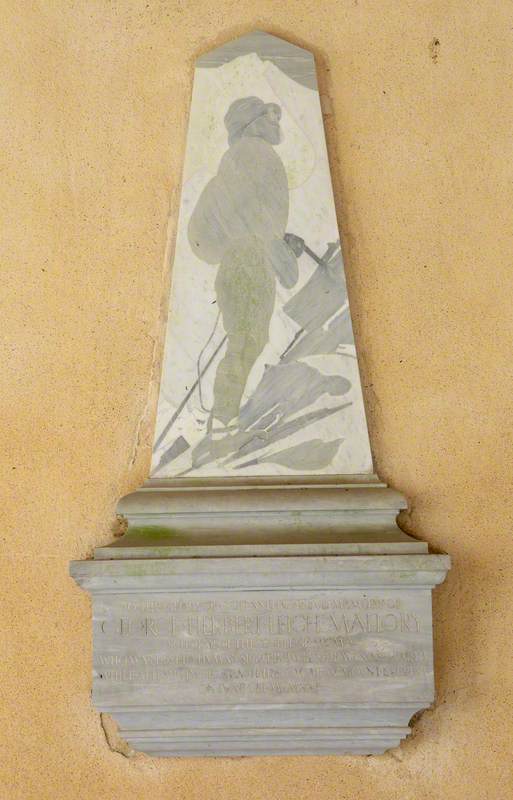
Mallory was introduced to climbing at his school, Winchester College, and he is commemorated there by this memorial in the cloister beside the chapel. At its base is an inscription describing the moment Mallory entered thick clouds about 800 feet from the summit and was 'lost to human sight between heaven and earth'. Above this is an image of Mallory on a rocky slope, which is partly covered with snow. He looks upwards, holding an ice axe and wearing goggles and an oxygen mask, with the distinctive profile of Everest in the background.
The scene is created from pieces of marble and limestone cut to shape and assembled like a jigsaw. This technique, known as opus sectile, was popular in ancient Rome and revived by the Arts and Crafts movement in Victorian England. It makes use of the natural properties of different kinds of stone to create artistic effects. Here, the texture of the limestone gives the figure of Mallory a suitably ghostly appearance, as if he were fading away into the mist.
Memorial to George Herbert Leigh Mallory (1886–1924)
1924
Reginald Gleadowe (1888–1944) 
Visitors to the school are often surprised by this unusual, modern-looking memorial, which contrasts so strongly with its medieval setting and the dozens of more conventional monuments in the cloister. It was designed by Reginald 'Dick' Gleadowe, who came to Winchester as a pupil the year after Mallory and returned to the school as drawing master in 1923. Almost entirely forgotten today, Gleadowe was once a significant figure. He held the Slade Professorship at Oxford and gained a national reputation as a designer. His most important commission was the Sword of Stalingrad, presented by Churchill to Stalin in honour of those who had resisted the German siege of the city in 1943.
For Winchester College, he designed stained glass, silver and the lettering of inscriptions. The Mallory memorial is typical of Gleadowe's elegant, linear style and his imaginative use of materials.
Richard Foster, Keeper of Collections, Winchester College






